Check out our 15 best mixing and mastering tips of 2019. Learn how to achieve high-quality, professional sounding music ready for release.
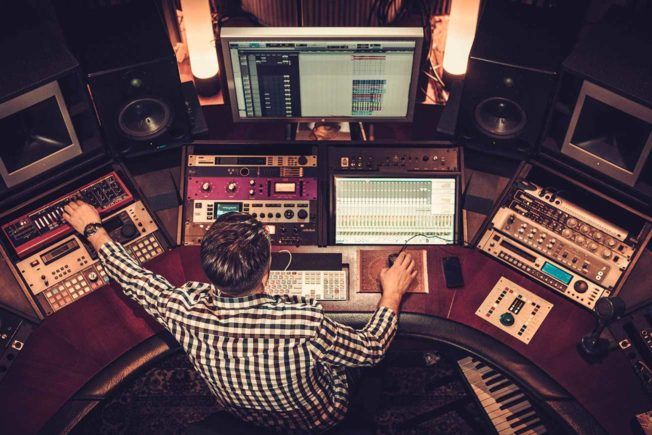
Mixing and Mastering Tips
Audio mixing makes sure all the parts in a song sound good together. The mixdown process involves balancing levels, panning sounds, equalizing, compressing, harmonics enhancing, fixing problems, and adding various effects. Mixing also includes automation, editing sounds in creative ways, and giving instruments their own space in the mix. The goal is to sculpt a balanced and unified arrangement ready for mastering.
Audio mastering is the final stage in music production. It’s the post-production process of taking an audio mix or album and preparing it for distribution. Mastering involves subtle audio processes, including equalization, compression, saturation, stereo enhancement, and limiting. The purpose of mastering is to balance the stereo mix, make all the elements sound cohesive, and to reach commercial loudness. It also ensures playback optimization across all systems and media formats.
1. 808 Mixing Tips: How to Get Fat and Powerful 808 Bass
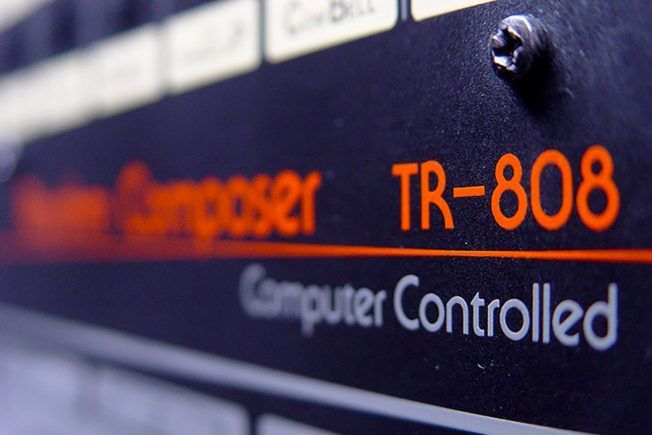
Learn how to mix 808s! These mixing tips will help get your 808 bass sounding fat, powerful, and punchy on various speaker systems.
2. The Ultimate Guide to Learning Audio Compression
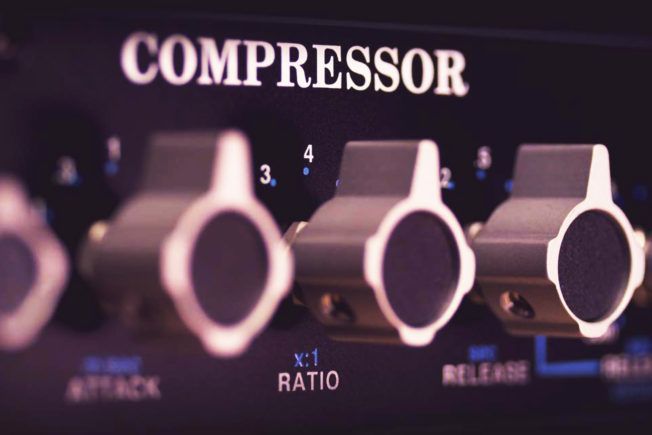
What is audio compression? This beginner’s guide looks at the fundamentals of dynamic compression and how to use a compressor.
3. What Are the Different Types of EQ and Filters?
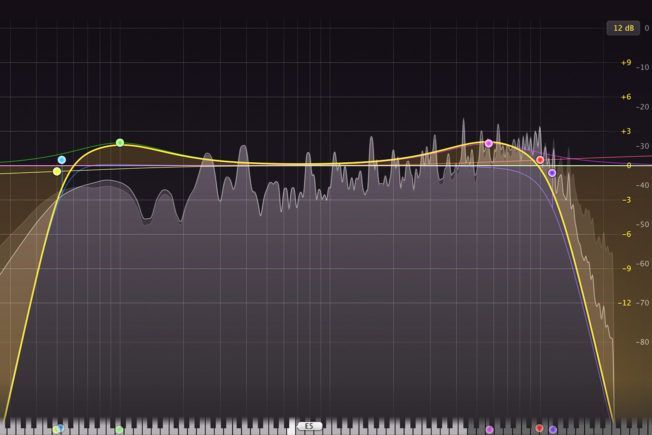
Learn the different EQ types used in music production. Knowing how to use various types of EQ and filter shapes will help you make informed mixing decisions.
4. 7 Low-End Mixing Tips That Will Improve Your Music
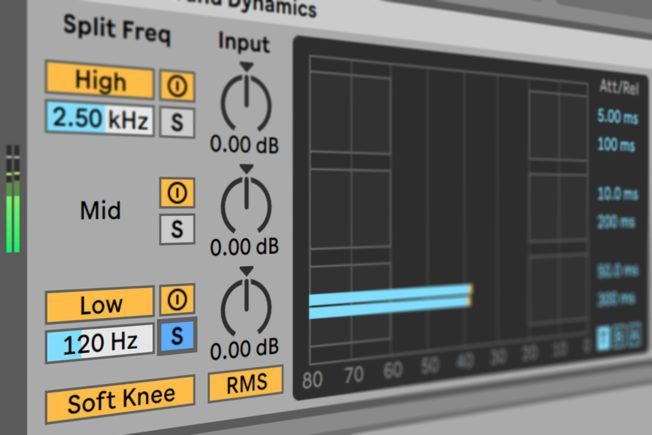
Learn how to tighten the low end of your mix with these five mixing tips. These basic mixing techniques will help you achieve punch, clarity, and presence.
5. 10 Mixing Mistakes That Are Easy to Fix
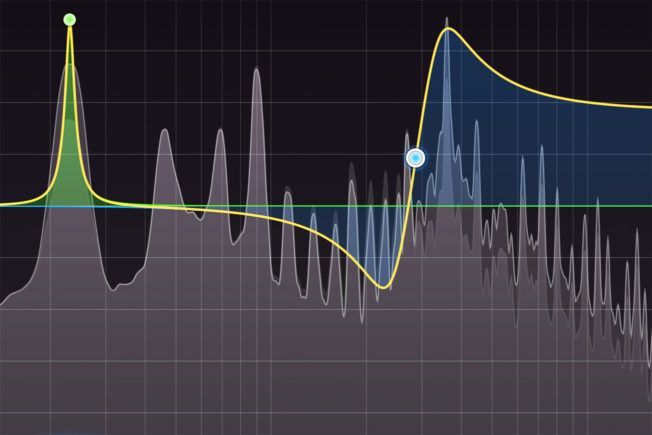
This guide explains ten common mixing mistakes that can mess up your mix. Learn how to identify these mixing pitfalls and how to correct them.
6. What Are Loudness Meters and Why It Matters
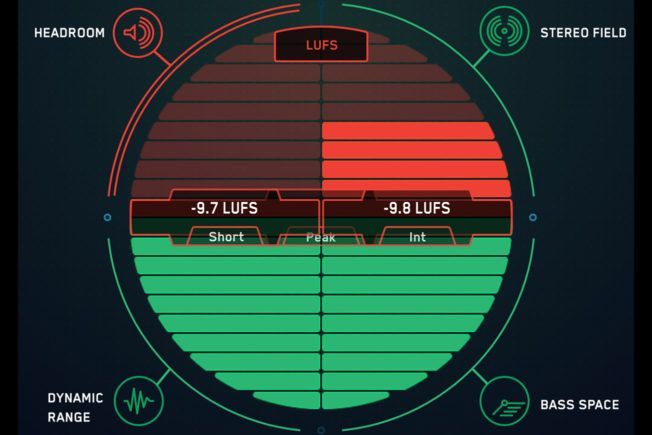
This guide outlines a list of ten common mixing mistakes. Learn how to identify these mixing pitfalls and how to correct them.
7. How to Warp Vocals in Ableton Live Quickly
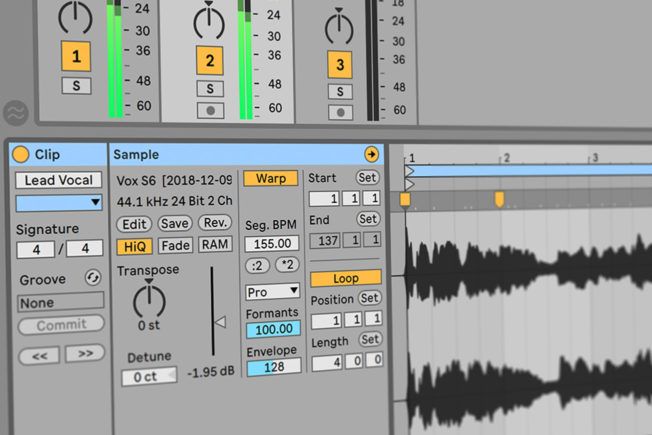
Learn how to warp vocals and acapellas in Ableton Live. These warping techniques show you how to time-stretch audio without a fixed beat.
8. Mix Vocals Like a Pro with These 15 Mixing Tips

Learn how to mix vocals. This guide offers 15 vocal mixing tips to help you achieve powerful and present lead vocals that cut through the mix.
9. Icon Picks: 15 Vocal Mixing Plugins

What are the best vocal mixing plugins? This ICON Picks roundup features 15 vocal mixing plugins used by top music producers and engineers.
10. What Is a De-esser and How to Use It
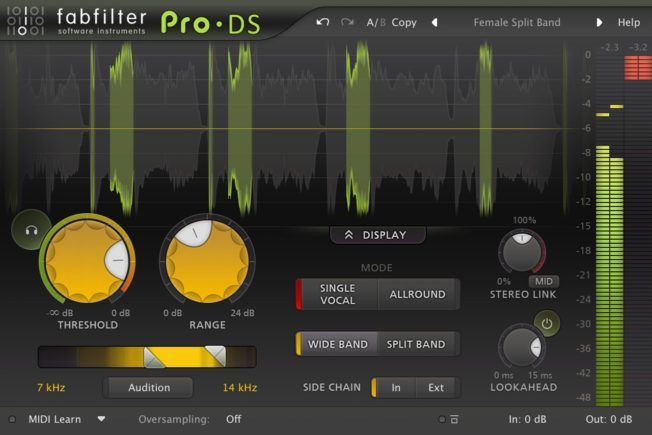
What is a De-esser? Learn how de-essing can reduce or remove harsh high frequencies from vocal recordings, instruments, and entire mixes.
11. How to Find the Best Studio Monitor Placement
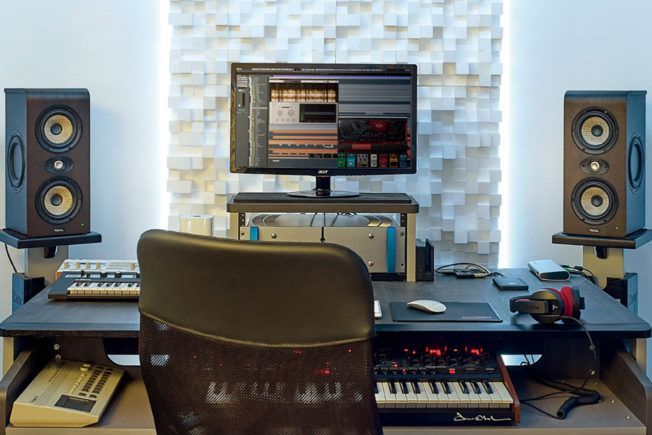
Optimize your listening environment with proper studio monitor placement. This guide will help you find the best spot for your monitors and listening position.
12. Learn How to Improve Your Mix with Spectrum Analyzers
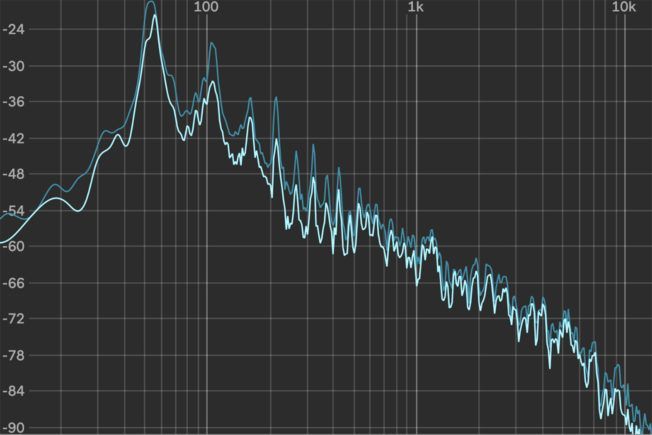
What are spectrum analyzers? Learn how to use spectrum analyses to identify problematic frequencies, balance a mix, measure room acoustics, and more.
13. Song Finishing Checklist: 10 Ways to Finish Your Mix

This song finishing checklist will help you work through your mix and take it to completion. Use it to identify and fix issues with your project.
14. Icon Picks: 15 Best Transient Shaper Plugins
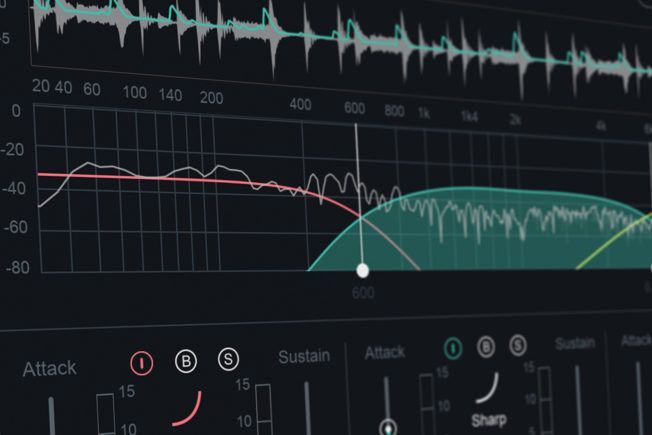
What are the best transient shaper plugins? This ICON Picks roundup features 15 versatile transient plugins that will shape your sounds with precision.
15. What Is Multiband Compression and Why You Need It
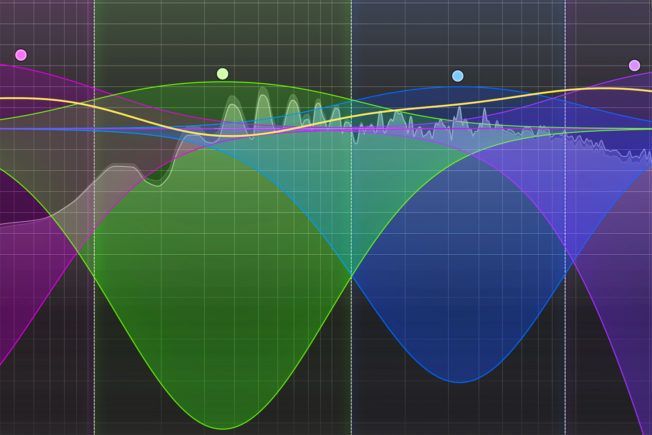
What is multiband compression, and why should you use it? This guide looks at five ways multiband compression can improve your mix.

Turn your passion for music into a Profession: Learn more about our Music School Programs!
MORE ARTICLES FROM THE ICON BLOG

FIND YOUR SOUND, HONE YOUR CRAFT:
Are you ready to turn music into a career? ICON prepares students to become music producers, composers, performers, recording artists, professional DJs, and entrepreneurs in the entertainment industry. Click below to get information about our award-winning programs:

